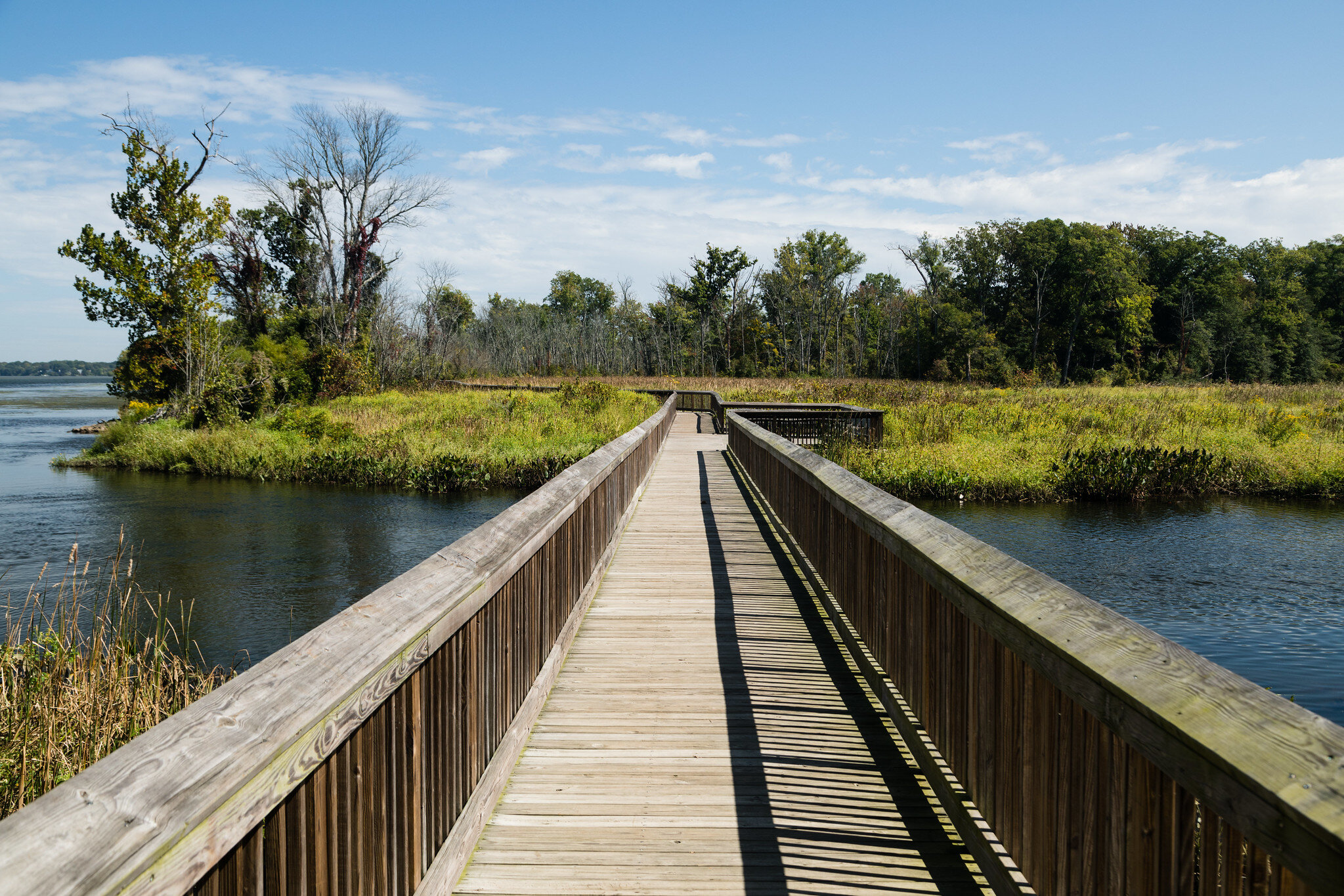In Prince George’s County, the two most important pollutants that threaten human health are ground-level ozone and particle pollution.
A typical adult will breathe in close to 3,500 gallons of air in a single day. If your atmosphere is polluted with ozone and particle pollution, you may see your lung function reduced by as much as 20%.
Ozone
Ozone is a gas comprised of 3 atoms of oxygen that exists naturally in the earth's upper atmosphere, the stratosphere, where it shields the earth from the sun's harmful ultraviolet rays. The ozone layer in the upper atmosphere is essential to life because it filters harmful ultraviolet radiation from the sun, reducing the amount reaching the earth's surface. High concentrations of ozone near ground level, however, can be harmful to people, animals, crops, and other materials.
Ground Level Ozone
Ground level ozone is the main ingredient in urban and regional smog and is found in the air we breathe. Contributions to ground level ozone include:
Automobiles, trucks and buses.
Consumer products such as paints and cleaners.
Gasoline storage and transfer.
Industrial use of solvents and degreasing agents.
Large combustion and industry sources such as utilities.
Off-road engines such as aircraft, locomotives, boats, construction equipment and lawn and garden equipment.
Health Effects of Ozone
High concentrations of ozone can cause shortness of breath, coughing, wheezing, fatigue, headaches, nausea, chest pain, and eye and throat irritation. The most common symptom that people have when exposed to ozone while exercising is pain when taking a deep breath. The EPA estimates that 5-20% of the total U.S. population is especially susceptible to the harmful effects of ozone pollution. The groups most vulnerable are:
Athletes and individuals who exercise outdoors.
Children, because their respiratory systems are still developing. They're more active and spend more time outdoors, inhaling more air pollution per pound of body weight than do adults.
Older adults, because their respiratory and immune systems lose some of their resilience. Damage caused by ground-level ozone pollution can aggravate existing conditions or irritate tissues that make them susceptible to infection.
People with pre-existing respiratory problems.
Particulate Matter
"Particulate matter" is the term for particles found in the air, including dust, dirt, soot, smoke, and liquid droplets. These particles are under 2.5 micrometers and are too small for our respiratory systems to filter out, so they become trapped in our lungs and cause health problems. The very smallest particles pass through the lungs into the bloodstream and can damage the heart. They come from a variety of sources such as:
Burning of wood
Vehicles
Construction sites
Factories and power plants
Tilled fields
Unpaved roads
Unlike ground-level ozone, particles are not a seasonal pollutant; high levels can occur any time of the year. Symptoms of unhealthy levels of particle pollution in the air can cause or trigger significant health problems including:
Coughing
Difficult or painful breathing
Decreased lung function
Weakened heart function/heart attack
Premature death
You may be more sensitive to particulate matter if you:
You suffer from existing heart or lung diseases, such as asthma, chronic obstructive pulmonary disease, congestive heart disease, or ischemic heart disease that increase your of premature death or admission to hospitals or emergency rooms.
You are elderly.
You are a child.
Particulate matter can increase susceptibility to respiratory infections and can aggravate existing respiratory diseases, such as asthma and chronic bronchitis, causing more use of medication and more doctor visits.
Visit Clean Air Partners to get your daily AirAlerts and discover simple steps you can take each day to improve our region's air quality, protect your health, and reduce the risks of climate change.
Protecting and Improving Our Air Quality
There are simple steps you can take in your everyday life to reduce air pollution, and improve our air quality.
Carpool, use public transportation, bike, or walk whenever possible.
Use environmentally safe paints and cleaning products whenever possible.
Conserve electricity and set air conditioners no lower than 78 degrees.
Turn off lights, computers, and appliances when they are not in use.
Reduce or eliminate fireplace and wood stove use.
Avoid burning leaves, trash, and other materials.
Compost your yard and food waste.
Keep your automobile well-tuned and maintained. Follow the manufacturer’s instructions on routine maintenance, such as changing the oil and filters, and checking tire pressure and wheel alignment.

